
From bottomless coffee refills to intense patriotism, the U.S. can be both fascinating and bewildering to visitors. While American culture is often portrayed as the global norm in media, some everyday aspects of life in the States leave foreigners scratching their heads. Be it the healthcare system or the sheer size of everything, here are 30 facts about the USA that outsiders often find surprisingly strange.
Tipping Is Basically Mandatory

In most American restaurants, tipping your server is not just a courtesy—it’s expected. Servers often earn below minimum wage and depend heavily on tips to make up the difference. Failing to tip can be seen as disrespectful or even insulting. While 15–20% is the norm, confusion abounds for foreigners used to service charges already being included in the bill. For many visitors, tipping culture feels awkward, unpredictable, and financially stressful, especially when even baristas and taxi drivers expect a gratuity.
Medical Bills Can Ruin You

The U.S. healthcare system is a shock to most foreigners. Unlike countries with universal healthcare, a basic medical procedure can cost thousands of dollars—even with insurance. Ambulance rides, emergency care, or even having a baby can result in lifelong debt. Visitors are often astounded that Americans worry about the cost before seeking care. The idea that people can be bankrupted by illness feels dystopian to those from nations where healthcare is a human right.
Huge Portions at Restaurants
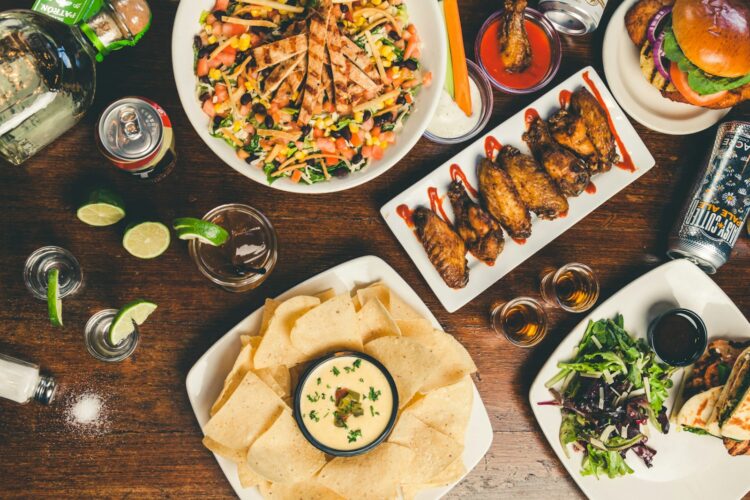
In the U.S., restaurant portions are famously massive. A meal labeled “regular” can easily feed two or more people. This culture of abundance extends beyond entrees—free bread, bottomless soft drinks, and giant desserts are common. Foreigners often find it excessive or wasteful, especially when compared to the more modest portions typical in Europe or Asia. Though many Americans take leftovers home, the sheer size of the servings can still feel overwhelming to international guests.
College Sports Are a Big Deal
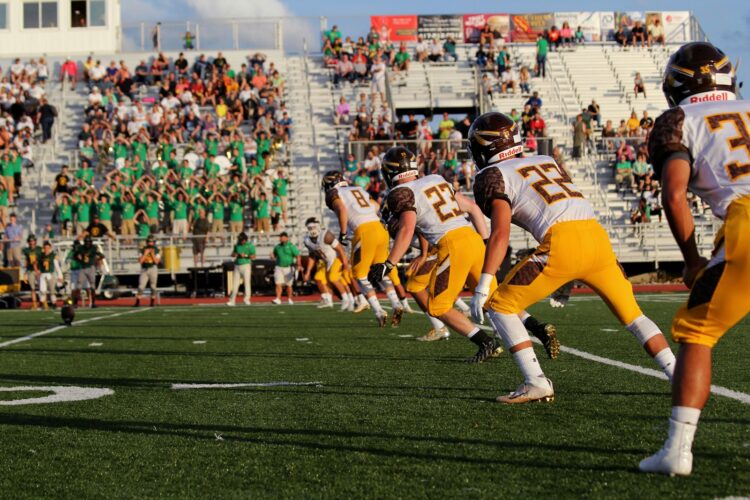
In most countries, university athletics are a low-key affair. In the U.S., they’re massive. College football and basketball games are televised nationally, stadiums hold tens of thousands, and student-athletes often receive celebrity treatment. Some universities even earn more from sports than academics. For visitors, the idea that college sports coaches earn millions while students go into debt for tuition feels upside-down.
Ice in Every Drink

Americans love their drinks ice-cold, even water. It’s not uncommon for servers to fill a glass to the brim with ice before adding the beverage. In many parts of the world, this would be considered wasteful or even bad for digestion. But in the U.S., it’s a symbol of good service. Visitors used to room-temperature water or hot tea are often puzzled, and sometimes shocked, by the country’s devotion to ice cubes in virtually everything.
Extreme Patriotism
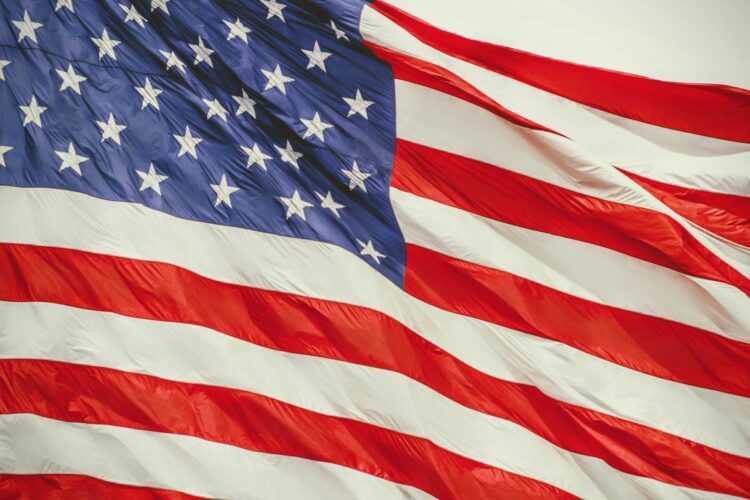
The U.S. wears its patriotism proudly. From flags hanging on porches to singing the national anthem at sports games and reciting the Pledge of Allegiance in schools, American pride is woven into daily life. This constant display of national identity can feel intense or even performative to people from countries where nationalism is more subdued.
Endless Television Ads

Watching TV in America often means enduring frequent and lengthy commercial breaks. Especially jarring are the pharmaceutical ads—complete with actors frolicking while voiceovers list terrifying side effects. In many countries, such ads are illegal or highly regulated. The constant interruption of entertainment with sales pitches can be exhausting for visitors, who are more accustomed to government-funded or subscription-based broadcasting with minimal advertising.
Paying for Basic Necessities in Schools

In the U.S., attending a public school doesn’t always mean everything is free. Parents often have to pay for school supplies, extracurriculars, sports uniforms, and field trips. In some cases, even access to lunch is dependent on income. This strikes many foreigners as odd, especially those from countries where public education is truly free and inclusive. The idea that children might be excluded due to cost is difficult to accept for many visitors.
Sales Tax Isn’t Included in Prices

In most countries, the price you see is the price you pay. Not so in the U.S., where the listed price often excludes sales tax, which varies by state and city. At the register, you’ll typically pay more than the shelf tag suggests. This inconsistency catches many foreigners off guard. It feels like a bait-and-switch, making budgeting more complicated and creating confusion, especially for first-time shoppers from abroad.
Free Public Restrooms Are Rare

Traveling in the U.S. often means planning ahead for bathroom breaks. Unlike many countries where public restrooms are readily available, clean, and free, in America, you often need to be a paying customer to access a toilet. Public restrooms may be poorly maintained or hard to find, which surprises foreigners used to spotless facilities in train stations, parks, or even on street corners in cities like Tokyo or Paris.
Work Culture Is Intense

In the U.S., long hours and short vacations are often worn as a badge of honor. Many full-time employees get only two weeks of paid vacation per year—and some don’t even take it. Foreigners from countries with strong labor protections and generous time-off policies are often shocked by how little rest Americans allow themselves. Hustle culture is deeply ingrained, and burnout is often normalized rather than prevented.
Lawns Are a National Obsession

Americans take their lawns seriously—very seriously. A perfectly green, weed-free lawn is seen as a symbol of success, and many homeowners spend significant time and money maintaining theirs. Some neighborhoods even have rules (enforced by homeowners’ associations) about grass length and yard appearance. Foreigners may find this obsession baffling, especially in areas where water scarcity is a problem or where natural landscaping is the norm.
Drive-Through Everything
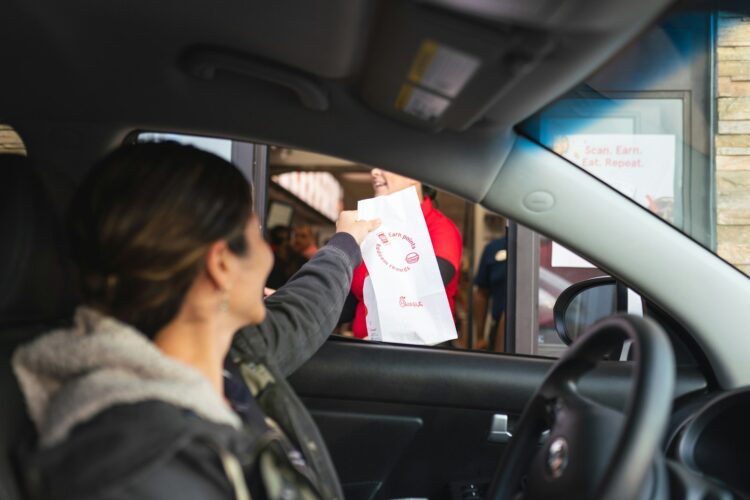
In the U.S., convenience is king—so much so that you can get nearly everything without leaving your car. Drive-through banks, pharmacies, coffee shops, and even weddings are common. This car-centric culture is often surprising to visitors from countries where cities are designed for pedestrians, and public transit is the main mode of transportation. It’s a hallmark of American efficiency, but it can seem excessive or impersonal to outsiders.
Legal Drinking Age Is 21

Despite being allowed to vote, serve in the military, and buy a gun at 18, Americans can’t legally drink alcohol until they’re 21. This often confuses foreigners, especially from Europe, where the legal drinking age is typically 18 or younger. The restriction feels inconsistent, particularly given the country’s emphasis on personal freedom and responsibility at younger ages.
Religion Is Everywhere

Religion, particularly Christianity, plays a very visible role in American life. In more secular societies, this blending of religion with public life and politics can feel uncomfortable or surprising. For many, it’s a cultural shift to see religion so openly present in day-to-day affairs.
So Many Regional Accents

The U.S. is incredibly linguistically diverse—not just in terms of languages spoken, but accents too. A person from Texas can sound drastically different from someone in Boston or New York. This variety is often unexpected for foreigners who assume American English is relatively uniform. It adds character and complexity to the country but also occasionally creates confusion for non-native speakers.
Massive Grocery Stores

Stepping into an American supermarket can feel like entering a small city. The stores are enormous, and so is the selection—multiple aisles dedicated solely to soda, chips, or cereal. Shoppers from smaller countries are often stunned by the sheer quantity and variety of products available. While the abundance is impressive, it can also feel overwhelming or even wasteful to visitors used to simpler shopping trips.
Obsession with Peanut Butter

Peanut butter is a pantry staple in the U.S., used in everything from sandwiches to cookies to sauces. Americans consume it at a rate that baffles many foreigners, especially those from countries where it’s barely available. Some visitors find the texture or flavor off-putting, but to many Americans, peanut butter is as essential as bread or milk. The obsession can be surprising—and occasionally contagious.
Flags in Classrooms
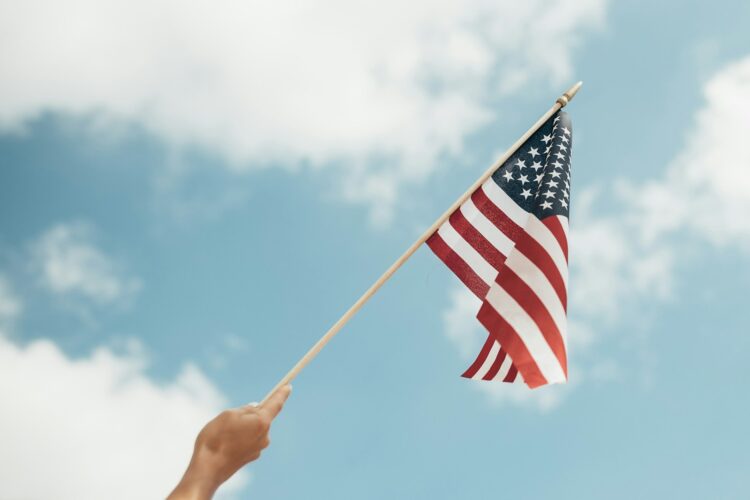
In many American schools, students begin the day by standing to recite the Pledge of Allegiance while facing the U.S. flag. This ritual, often accompanied by a hand on the heart, can seem unusual or overly nationalistic to outsiders. While Americans may see it as a harmless tradition, foreigners sometimes interpret it as a form of indoctrination—especially since it’s practiced from a very young age.
College Costs a Fortune

The price of a college education in the U.S. is sky-high compared to most of the world. Tuition can exceed $50,000 per year, not including housing, books, or fees. Student loan debt is a major burden for millions. For visitors from countries with free or subsidized education, it’s shocking to see so many people go into lifelong debt just to get a degree—especially when the job market doesn’t always guarantee a return on that investment.
Air Conditioning Is Always On
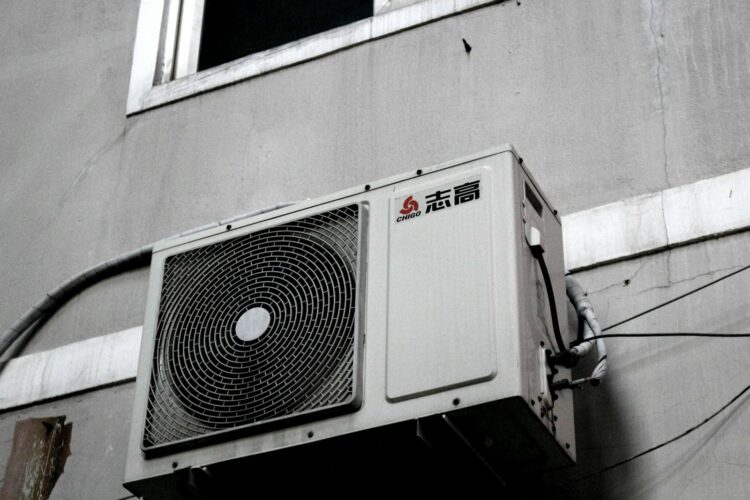
Americans are serious about air conditioning. In many public places—restaurants, offices, shopping malls—it’s often set to frigid temperatures, even during summer. Visitors from warmer climates might find it ironic that they need a jacket indoors while it’s sweltering outside. This obsession with keeping things cold is often seen as unnecessary or environmentally unfriendly by outsiders who are more accustomed to natural ventilation.
Large Cars Dominate the Roads
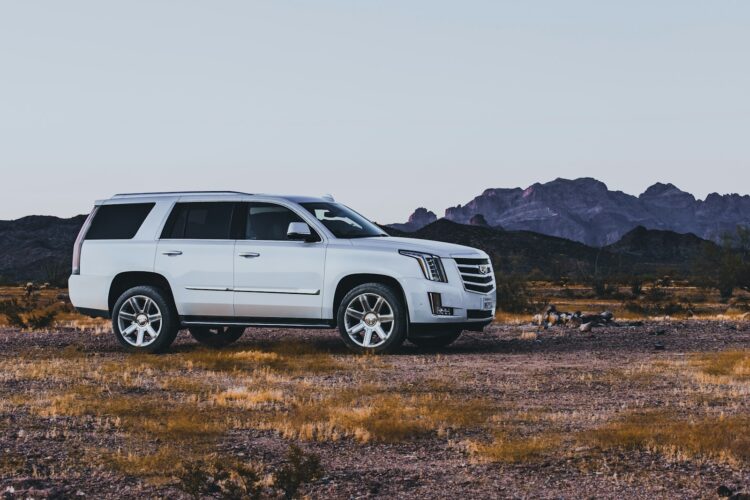
SUVs, pickup trucks, and massive family vehicles are common sights on American roads—even in urban areas. For visitors from countries where fuel is expensive and parking is tight, these vehicles seem impractical and excessive. The U.S.’s vast highways and love of road trips partially explain it, but the size of the average car still surprises many foreigners, especially those used to compact vehicles.
Deep-Fried Everything at Fairs

American state fairs are culinary carnivals of excess, featuring deep-fried versions of just about everything, like Oreos, butter, soda, and even pickles. This style of novelty food shocks many international visitors, who view it as unhealthy, outrageous, or oddly creative. But to many Americans, it’s part of the charm and tradition of summertime fun. It’s a taste of America’s wild culinary imagination.
No Metric System

The U.S. is one of the only countries that hasn’t adopted the metric system. Americans still measure distance in miles, weight in pounds, and temperature in Fahrenheit. For foreigners, this creates confusion and frustration when reading road signs, cooking recipes, or checking the weather. Despite decades of talk about switching, most Americans are fiercely loyal to their imperial measurements—even if they’re a bit less logical.
School Buses Are Iconic and Real
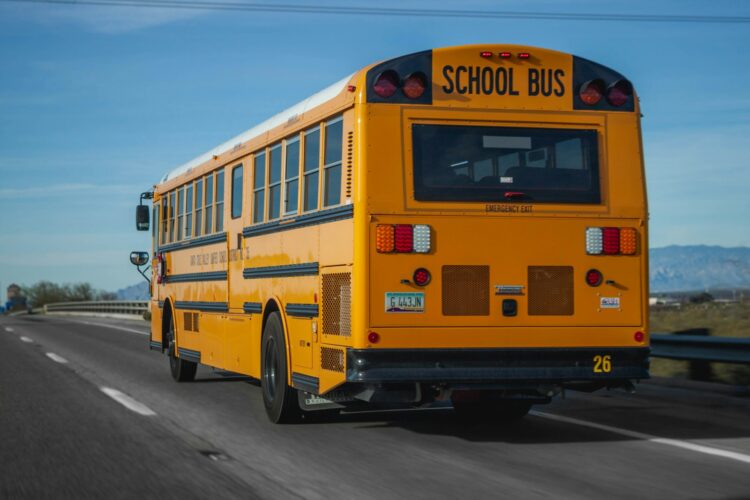
Those big yellow school buses you see in movies are very real. Every day, millions of American children ride them to and from school. They have strict safety protocols, including flashing lights and stop signs to halt traffic. Foreigners often find the system fascinating, especially in countries where kids usually walk or use public transportation. The buses are a symbol of American childhood.
Prescription Drug Ads on TV

In the U.S., it’s common to see commercials promoting prescription drugs directly to consumers—complete with dramatic visuals and long lists of side effects. In most countries, this practice is banned or heavily restricted. To visitors, these ads feel bizarre, especially when complex medications are marketed like breakfast cereal. It raises questions about how healthcare decisions are influenced by advertising rather than medical professionals.
People Talk to Strangers—A Lot
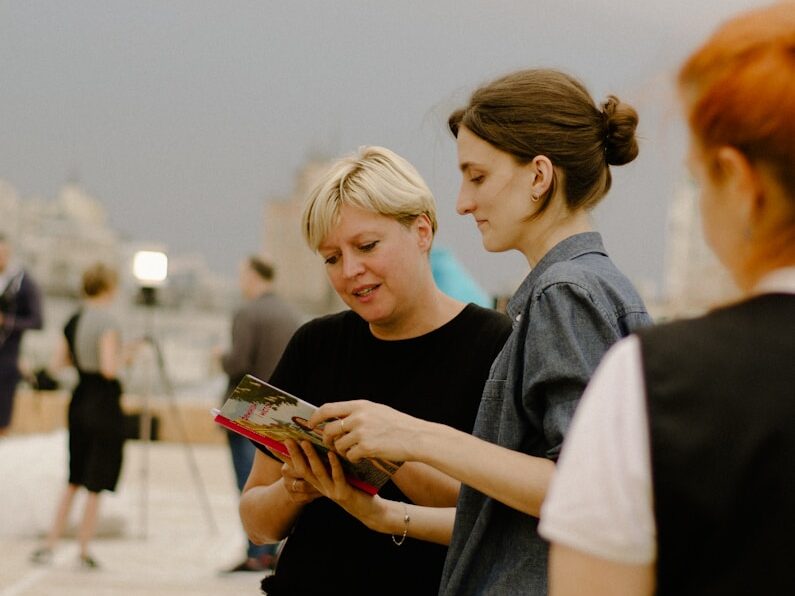
Americans are famously friendly, often striking up conversations with complete strangers in grocery lines, elevators, or parks. For people from more reserved cultures, this can feel disarming or even intrusive. However, to Americans, small talk is a form of social politeness and community spirit. It’s not unusual to leave a coffee shop knowing a barista’s name—or life story.
Sales Events Are National Holidays

Black Friday, Cyber Monday, and Labor Day sales aren’t just discounts—they’re shopping frenzies. Americans line up for hours, rush through store doors, and even camp outside for deals. For many foreigners, the consumerism is shocking, especially when it leads to chaotic crowds or stampedes. It’s a stark contrast to quieter sales customs elsewhere and reflects a deeply ingrained culture of retail enthusiasm.
Enthusiasm for Guns
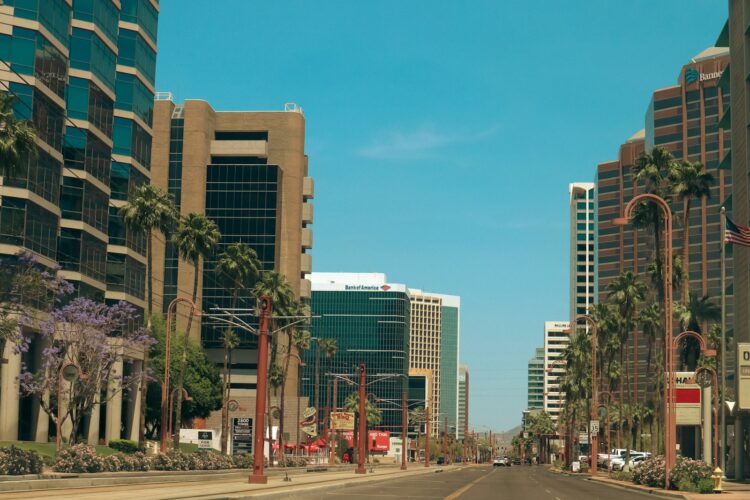
The right to bear arms is protected by the Second Amendment, and gun ownership is common in many parts of the U.S. For foreigners from countries with strict gun control laws, the prevalence of guns, open carry laws, and gun shows can be deeply unsettling. The cultural attachment to firearms and the political debates around them often seem intense and hard to comprehend from the outside.
Obsession with Individual Freedom
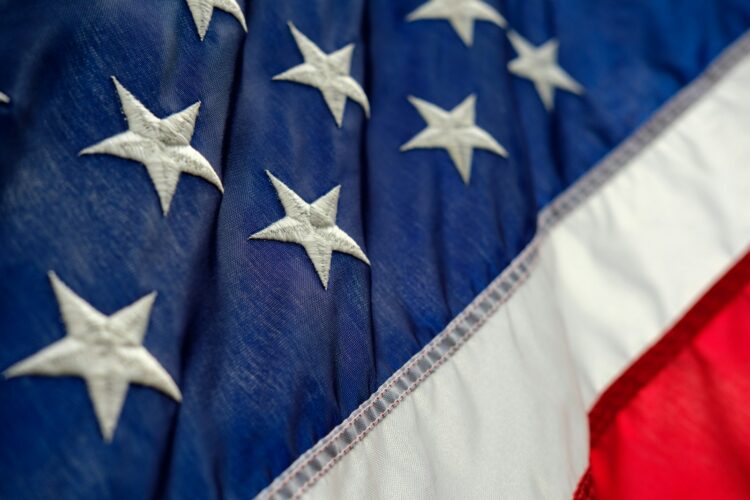
“Freedom” is a core American value, often interpreted as the right to do as one pleases—even at the expense of communal responsibility. This belief influences everything from mask mandates to gun laws to free speech. Foreigners may admire the ideal but struggle to understand how it plays out in practice, especially when personal liberty conflicts with public safety or collective well-being.

